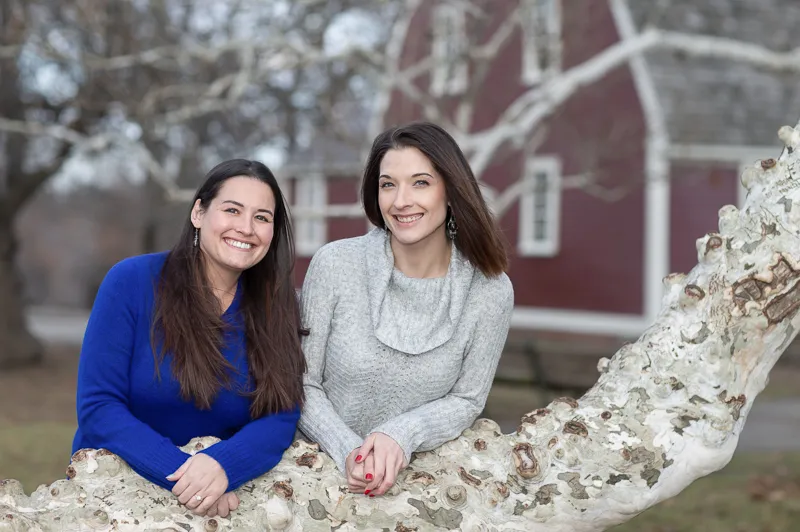In the age of social media dominance, where a single click can immortalize a moment and broadcast it to the world, looking great in photographs has become an invaluable skill.
Whether it’s for professional headshots, family portraits, or casual selfies, the quest for photogenic charm is universal.
Fortunately, the art of looking great in photographs is not merely subjective; it is deeply rooted in scientific principles and psychological insights. In this article, we delve into the research-backed tips that can elevate your photographic allure.
A professional photographer claims there is no such thing as photogenic. Looking good for the camera comes down to how to present yourself.
Having great photographs is more than just a superficial pursuit; it holds significance in various aspects of personal and professional life. In a society overwhelmed by social media and digital communication, images often serve as the first impression one imparts to the world.
Whether for personal profiles, professional portfolios, or social networking platforms, an appealing photograph can enhance one’s perceived confidence, approachability, and competence.
Research consistently underscores the impact of visual impressions, with studies suggesting that individuals deemed attractive in photographs are often associated with positive traits such as trustworthiness and likability.
Moreover, the ability to present oneself effectively in photographs can have tangible benefits in professional settings, influencing job opportunities, networking success, and even business collaborations.
Ultimately, looking good in photographs is not just a matter of vanity; it’s a strategic and empowering tool that can open doors, shape perceptions, and contribute to a positive self-image.
The Role of Facial Symmetry
Numerous studies have emphasized the significance of facial symmetry in determining attractiveness.
According to research published in the journal “Symmetry,” people with more symmetrical faces are generally perceived as more attractive. To leverage this scientific insight, position your face towards the camera, ensuring that both sides are equally visible. This simple adjustment can enhance your facial symmetry and contribute to a more aesthetically pleasing photograph.
Highlighting Your Best Features
Researchers from the University of California, San Diego, discovered that emphasizing your most attractive features can significantly boost your perceived attractiveness in photographs. Identify your standout features – be it your eyes, smile, or cheekbones – and accentuate them during a photoshoot. This could involve using makeup to enhance certain facial features or adopting hairstyles that complement your face shape.
The Power of the Slight Head Tilt
An intriguing study conducted by researchers at Wake Forest University explored the impact of head tilt on perceived attractiveness. The findings revealed that a slight tilt of the head can make an individual appear more approachable and attractive.
Experiment with different angles to find the tilt that complements your facial features while maintaining a natural look. A good time to practice this is in front of the mirror or spend some time at the photo booth rental the next time you are at a wedding.
Perfecting the Jawline
A well-defined jawline is often associated with youthfulness and attractiveness. To optimize your jawline in photographs, elongate your neck by pulling your head slightly forward and downward. This simple adjustment accentuates the jawline and creates a more sculpted appearance. Be mindful of your posture and avoid slouching, as it can obscure the natural contours of your neck and jaw.
Dynamic Body Language
Research from Princeton University suggests that the perceived attractiveness of an individual in a photograph is influenced by their body language. Adopting open and confident postures can convey positive traits and enhance your overall appeal. Maintain good posture, stand tall, and avoid crossing your arms, as it can create a more approachable and engaging image.
Whether capturing a candid moment or posing for a professional headshot, the amalgamation of art and science can transform any photograph into a timeless and captivating visual narrative.





